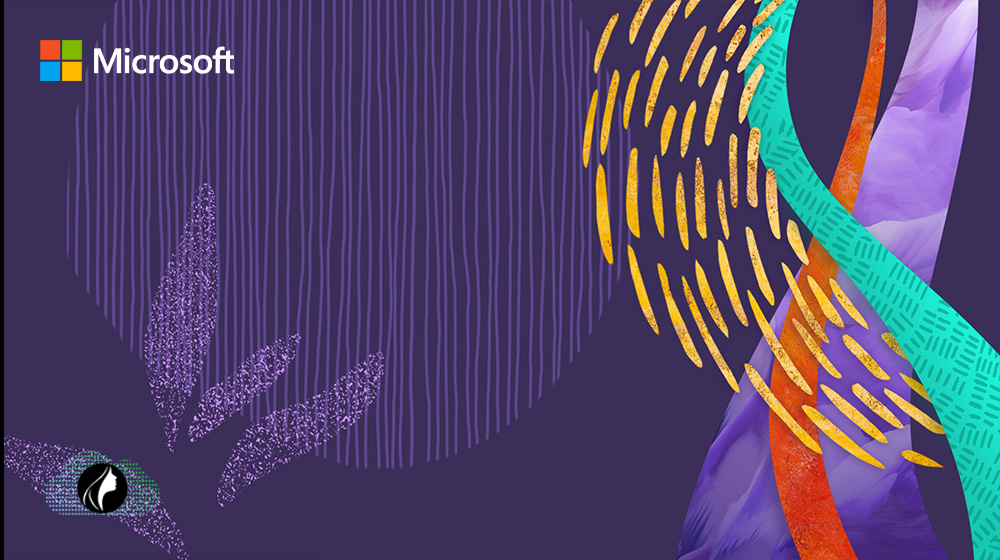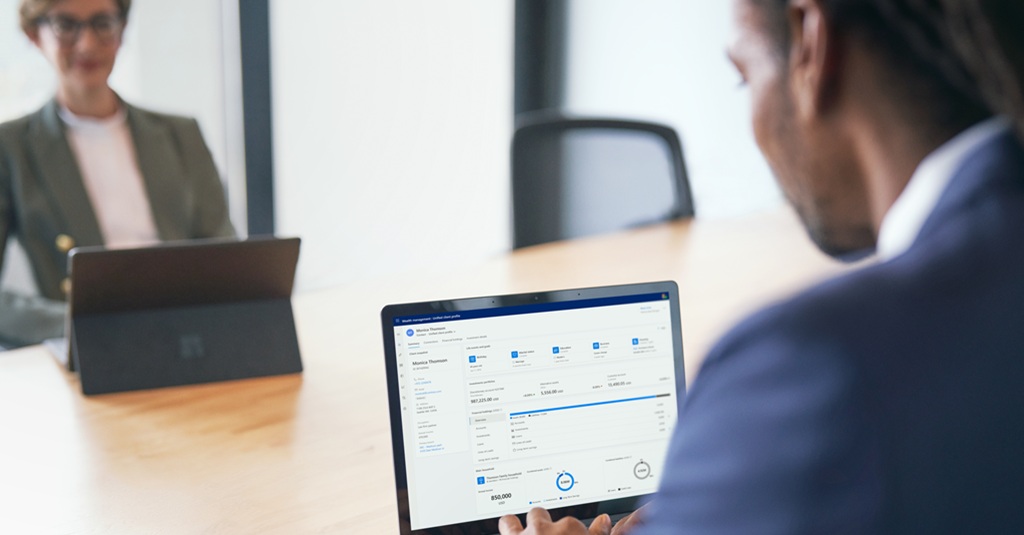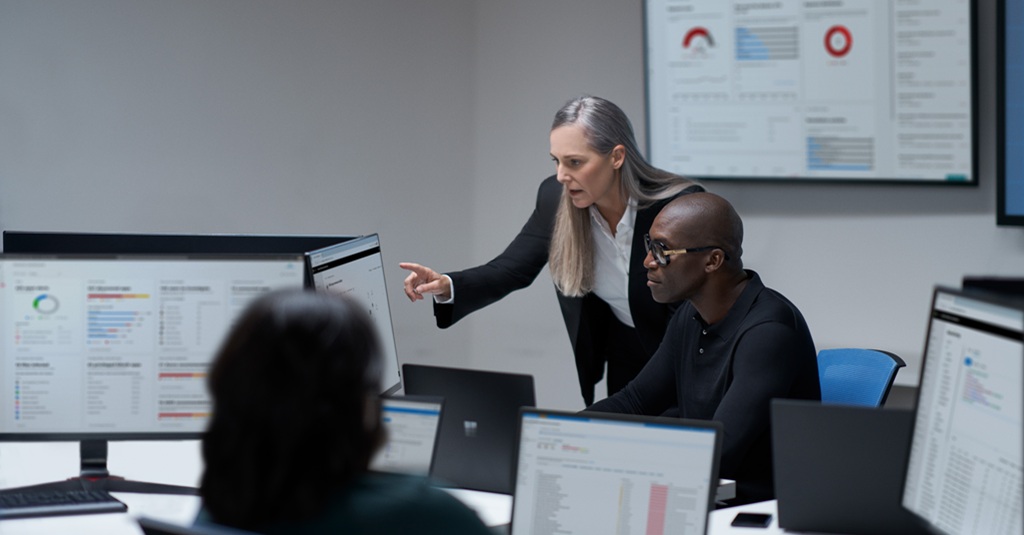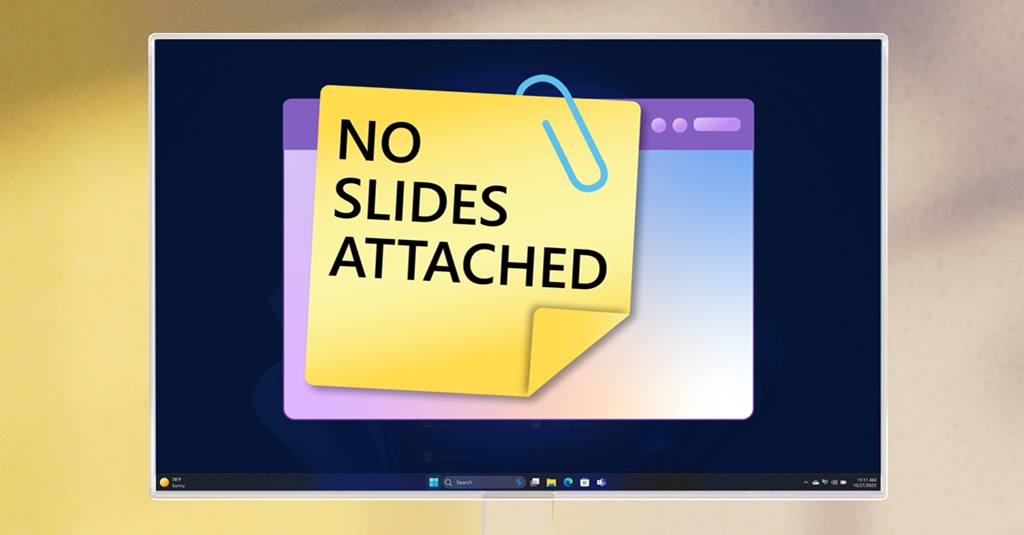Check out these top stories for the latest news of the week for Microsoft partners in the Americas.
When I began at Microsoft more than 20 years ago, there was an industry culture that dictated that you had to be the smartest in the room. You had to come to the table knowing all the answers, whether you were a man or a woman.
As a woman, proving myself as not only capable but an expert in the field was a higher mountain to climb. Even today, high school girls my daughter’s age still think of tech as a man’s world. There is a critical need for influencers who will use their voice and position to elevate a new generation of innovators, leaders, and entrepreneurs.
I recently sat down with one of these trail-blazing women, Chaitra Vedullapalli, co-founder of Women in Cloud, Meylah and veteran tech leader and entrepreneur. She spent 20 years working with tech companies, including Microsoft, before taking the route of what she calls a “curious tech entrepreneur”. Her determination to build a million-dollar tech company revealed just how challenging it is to access enterprise opportunities, find funding, and find a network, particularly for women, who were notably absent from programs designed to accelerate growth for cloud companies.
As a result, she leaned into the industry relationships she did have and began to build the network she would have wanted as an aspiring tech entrepreneur, including an accelerator designed to skill, connect, and elevate women-owned businesses to the million-dollar threshold. Here’s an excerpt of our conversation:
Begin interview – edited for length and clarity
Heather Deggens, VP of Global Partner Solutions US Go-to-Market: For those who aren’t familiar with Women in Cloud, what is it?
Chaitra Vedullapalli, Co-founder, Women in Cloud: Women in Cloud is first and foremost an economic access movement in the trillion-dollar cloud industry. We are a community-led economic development organization taking collective action to generate a billion dollars in net new economic access for women entrepreneurs and professionals by 2030 through the global partnerships with corporations, community leaders, and policymakers.
All of this is united by the corporate Environment, Social, Governance (ESG) program, and the UN Sustainable Development Goals, which are focused on job creation, diversity and inclusion, tech innovation, and sustainability, really providing women and allies a powerful platform to accelerate industry leaders.
The genesis of Women in Cloud really began when I was pivoting Meylah from B2C to Enterprise Ecosystem, which was extremely hard. So, I met with Karen Fassio, Director Global Partner Marketing at Microsoft, to seek guidance about how to scale to build a million-dollar cloud business through the Microsoft channel. Well, going through the process, we’ve figured out that women entrepreneurs are not represented in the Microsoft channel, or Google or Amazon or IBM channels for that matter.
Heather: What did you find to be the main barriers for more women entering and ascending in tech?
Chaitra: I found that lack of representation and lack of access are the main challenges for women in tech. First, there aren’t a whole lot of role models for women who are building tech solutions. Most people struggle to name three women billionaires. And on the other end of the pipeline, female-founded startups have decreased by 27 percent year over year according to CrunchBase.
Second, skilling, funding, customer markets, and technology are not accessible. Let me use an example from India. To become a cloud-certified individual requires thousands of dollars of investment. Culturally, parents in India are willing to pay for a wedding, but not for the skilling. Even with the funds to do so, there are too few programs for women to gain the fundamental cloud skills they need to become a confident tech entrepreneur or professional.
Only 2 percent of women-owned businesses make a million dollars in revenue, which is 3.5 times less than our male counterparts. Only 3 percent of the corporate procurement dollars in the Fortune 500 brands and 5 percent of the federal contracts actually go to female-owned companies.
So, after doing the channel research, supplier research, and venture research, we realized that there was an opportunity to create a cloud innovation cluster for driving B2B enterprise-ready solutions in the market, and also make it available through the Microsoft marketplace. Women in Cloud Co-Sell Accelerator became that structured program to help nurture women through this process, because you can’t just hand someone a template for building a successful co-sell ready cloud business. There’s a lot of things that need to come together. And Microsoft stepped in to be our foundational partner to make this idea come to life.
Heather: We know that diversity is key to innovation. Why is elevating women to leadership opportunities and economic access important for tech as a whole?
Chaitra: There are two data points that best illustrate this. First, the representation of female leaders. The percentage of female CEOs in Fortune 500 companies climbed from zero in 1995 to 4.8 percent in 2018, which is progress, but very small. The most highly compensated executive roles continue to be overwhelmingly dominated by men. On the startup side, only one out of eight CEOs are women.
Oh the other hand, despite small representation, the impact of women in leadership is clear: companies with at least three female leaders saw a 66 percent increase in return on investments (Women Who Tech). So, when we think about the digital transformation initiatives these organizations are going through and the advanced leadership skills required, having women in leadership is a strategic advantage.
However, there is a significant lack of programs and platforms available to create the talent pool we need to help women rise up the chain to these executive roles that shape not only companies but industries. Very few companies are investing in leadership initiatives for women or allyship programs to enable their success. Colleges and the market fall short as well.
That’s why we launched #empowHERaccess, a digital advocacy campaign to spotlight the role models and leaders who are championing economic access for women across the globe. Last year we reached over 1.5 million people across the globe which allowed us to amplify the women leaders people needed to see more often.
This year more and more enterprise companies are in search of comprehensive global sustainability operating models and developing more leadership opportunities for women. So, where do they start? To address the market needs, we are launching the WICxLEAD, the next generation Corporate ESG Women’s Leadership Accelerator, designed to empower corporate women and entrepreneurs to ignite economic access. Our scholars will learn how to lead and influence digital transformation projects through cloud and AI technology, teaching them how to grow their executive presence, personal brand identity, public speaking impact, global access creation and community development strategies giving them a powerful platform to accelerate as industry ESG influencers and purpose-driven leaders.
Heather: In addition to those initiatives, Women in Cloud launched an accelerator that is currently recruiting it’s seventh cohort – how did that come into being?
Chaitra: When we piloted the Meylah Cloud Ready program, designed in partnership with Microsoft, of the 5,000 partners who participated, we couldn’t identify any women. That was what triggered Karen and me to sit down and look at how we can create better access. Because the problem is not their solution or talent, it’s access to the right resources, the right people, and the right customer at the right time. Those conversations led to the Microsoft Cloud Co-sell accelerator.
Heather: What is unique about this Cloud Co-Sell accelerator? What benefits does it provide to women-led businesses?
Chaitra: The Women in Cloud Co-Sell accelerator is uniquely designed to help founders win enterprise opportunities. The goal of the six-month program is to assist women tech leaders and entrepreneurs to co-build, co-market, and co-sell with Microsoft and their distribution channel. The program was designed to help them get access to Azure credits and the advisor community, a startup program to help them build their solution in the market, and also a global stage to showcase their business, and build an enterprise-ready pipeline of solutions that are made available through Microsoft Azure Marketplace, where customers are buying right now. And we have a very structured pipeline to do that.
Heather: What has the impact of the accelerator been so far? Can you share some success stories?
Chaitra: So far, we have led six cohorts with more than 70 companies graduating during the past three years. More than 50 solutions have been listed on the Microsoft Azure marketplace as a direct result, 10 to 20 percent of which are transactable solutions and close IP prioritized and co-sell ready. Our portfolio valuation size of all companies combined is around $350 million.
We have one company, Stylyze, that was acquired by Neiman Marcus last year. Most member companies are winning deals for enterprise organizations like Home Depot, f5, Walmart, Cargill, JPMorgan Chase, so we are penetrating most, if not all, enterprise companies.
One of the most exciting things we are seeing is our members’ solutions filling the industry solution gaps. When you think about Microsoft’s IPS framework, we have very structured solutions for Retail, Agriculture, FinTech, and so on. And the companies are really building enterprise ready solutions to win the billion-dollar markets through digital transformation.
Heather: What are the criteria for women-owned companies interested in participating in the accelerator?
Chaitra: First, the company must be at least 51 percent women-owned. Second, they must have a SaaS solution that can be listed and transacted via marketplace and be prepared to invest the time in building an enterprise-ready cloud solution – that’s really important. Third, they must be coachable and ready to take necessary actions to win customers. They can come from any part of the world because we are digital and global.
If you’re a Microsoft partner, you know it’s not easy to go from zero to becoming a successful partner of Microsoft. That’s why we require companies to complete a full set of requirements in order to graduate, which results in a very immersive process. We provide B2B Enterprise Ready Blueprint and engine for them to do that.
Heather: How can they learn more and apply?
Chaitra: They can go to womenincloud.com/initiative-cloud-accelerator as well as our other initiatives.
I would really like to encourage women who want to build an enterprise-ready solution to join our program for the structure, community, and access that will help them win opportunities. With us, they don’t have to figure it out all by themselves.
End interview
I am so grateful for Chaitra’s drive and how she turned her own experience into a launchpad for other women to thrive in tech. Microsoft is proud to partner with Women in Cloud to create economic access for women in the cloud economy.
Wishing you a meaningful Women’s History Month – let’s make cloud history together.
Learn more
- Learn more about Women in Cloud or apply for the accelerator
- Also check out Microsoft-sponsored Women in Tech, designed to connect women across the Microsoft ecosystem



















